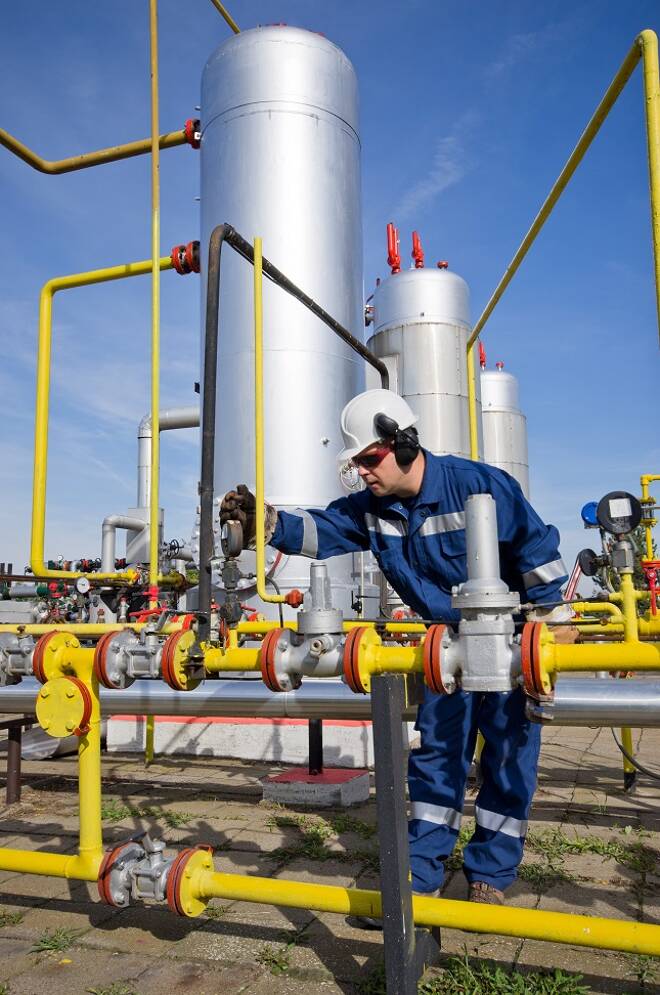Advertisement
Advertisement
Natural Gas Price Fundamental Daily Forecast – Traders Continue to Monitor LNG Production Progress
By:
The major focus this week will be on LNG export demand and how fast key U.S. facilities can return to normal production levels.
Natural gas prices are trading rangebound for a third session as the market continues to consolidate as we approach the start of the fall shoulder season. Soft commercial demand due to the demand destruction caused by the COVID-19 pandemic continues to keep a lid on prices as well as the return of cooler temperatures to several key demand areas.
At 08:39 GMT, October natural gas futures are trading $2.531, down $0.015 or -0.59%.
This market has been carried all summer by numerous heat waves and a gradual increase in liquefied natural gas (LNG) demand. Take those two factors away and throw in the possibility that the coronavirus pandemic could extend into the fall and winter, and you have a market that is going to have a hard time rallying.
There is a heat-wave on the West Coast which could spike cash prices, but most of the country is quite mild which is leading to a decline in weather-driven demand.
Analyst Andy Weissman of EBW Analytics Group noted that as a relatively high level of people continue to work from home, alongside a slower economy, gas-powered electricity demand has shifted from the commercial and industrial sectors to residential, where weather extremes re often necessary to drive both cooling and heating demand. EBW noted that, from June 2019 to June 2020, domestic residential demand climbed 9.8%, while commercial and industrial declined by 5.8% and 6.7%, respectively.
“This shift has increased the weather sensitivity of electricity demand,” Weissman said. “Individuals – particularly those facing economic hardship – are more likely to only turn on the air conditioning when needed, in contrast to an office set at 70 degrees around the clock.”
Looking ahead to fall weather, he added, a decline in weather-driven demand “may be further exacerbated by shifts in the composition of electricity demand.”
Short-Term Outlook
Mixed temperatures across most of the country are expected to keep a lid on short-term demand. However, California is expected to remain extremely hot, perhaps providing some support.
The major focus this week will be on LNG export demand and how fast key U.S. facilities can return to normal production levels following the devastation from Hurricane Laura nearly two weeks ago. Good news should bring firmer prices.
This week’s and next week’s government storage reports are expected to show huge injections so this news could keep a lid on prices.
Meanwhile, hurricane activity in the Atlantic continues to pick-up as we have reached peak hurricane season. There is no hurricane premium at this time, but the situation is being monitored. These hurricanes are in the Atlantic and not the Gulf of Mexico so there is no threat to production facilities at this time. A lot of brokers like hype the hurricanes but professionals are smarter than the brokers.
For a look at all of today’s economic events, check out our economic calendar.
About the Author
James Hyerczykauthor
James is a Florida-based technical analyst, market researcher, educator and trader with 35+ years of experience. He is an expert in the area of patterns, price and time analysis as it applies to futures, Forex, and stocks.
Latest news and analysis
Advertisement
